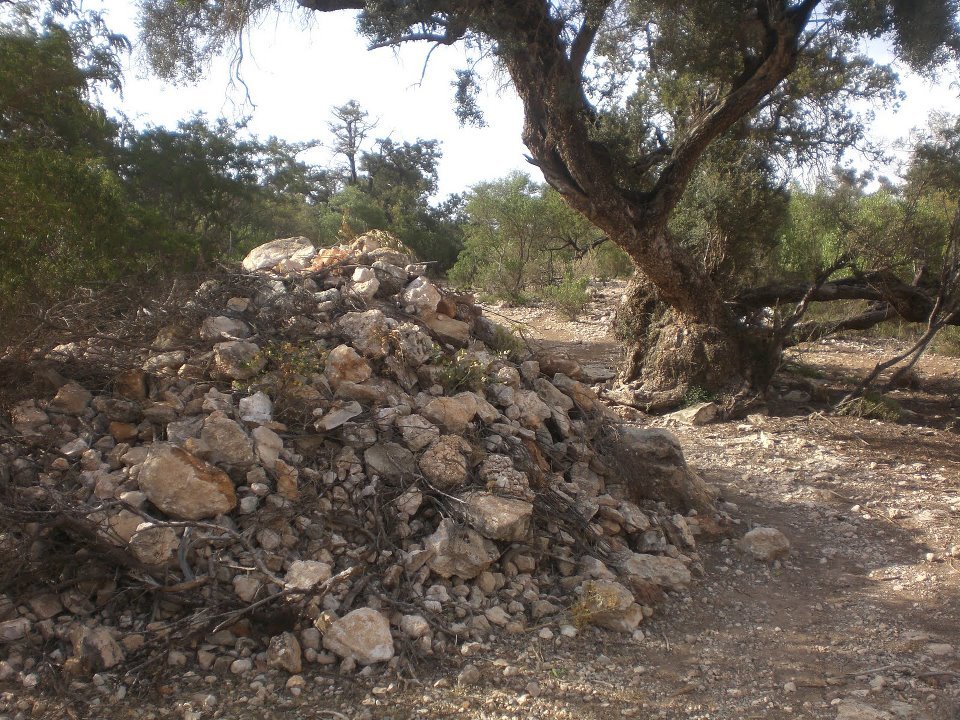This brave Somali queen fought to establish gender equality in AD 15
However, around the same time, there was an inter-clan feud that cost thousands of lives. Her husband died in the feud and her two children died of starvation.
The young and destitute woman quickly left her husband’s family and went home only to be rejected by her own family as she was considered useless for she would not bring dowry. She would not get married to another man as the community considered it a taboo to marry a widow.
With fate against her, Araweelo met with other women in her situation and together, they lived in the wilderness, hunting and gathering food for their existence. They also had to face constant attacks from men who wanted to disrupt their way of life.
Araweelo showed her bravery and toughness and was soon chosen as the leader of the group. Over time, the group became famous and more widows and other minorities – especially groups seeking protection from bigger clans – in Somalia joined them.
In no time, Araweelo and her group became one of the formidable forces in the country. She was then named the Queen of Peace and Prosperity and her first duty was to stop the feud between the different clans.
She came up with a three-point strategy:
- Approach the fighting parties and offer them an impartial reconciliation,
- If they refused, give them a warning, and
- If they still refused, declare war on them.
Many rumours started spreading about why the men were not going home after meeting with the queen. One of the most popular is that she castrated all of them. Upon hearing this, Araweelo quickly encouraged more people to spread the rumour. It not only helped make people more afraid of her but also discouraged young Somali men from taking part in the feuds.
With this little trick, Araweelo was able to maintain a peaceful Somalia until her death years later at the hand of one warlord known as Oday Biqay. Biqay killed her when she was attending the burial of one of the revered members of the group. She was just 40 years old.
Araweelo’s story still inspires girls and women in Somalia, and she has been revered as a symbol of strength and courage as most assertive girls are nicknamed Araweelo.
Unfortunately, the castration rumour also found itself in post-Araweelo Somalia and was used as a way to portray women leaders as men-haters in a bid to prevent them from accessing leadership opportunities and keep them subdued.
An area in the Erigavo, Sanaag region in Somalia, believed to be the gravesite of the ancient queen, attracts many interested people, with men throwing rocks at and women laying flowers on her grave.

Photo: Araweelo/Facebook
In some versions, the existence of Araweelo is considered a fairy tale as most of Somali stories are passed down orally from one generation to another.
https://face2faceafrica.com/article...-fought-to-establish-gender-equality-in-ad-15
